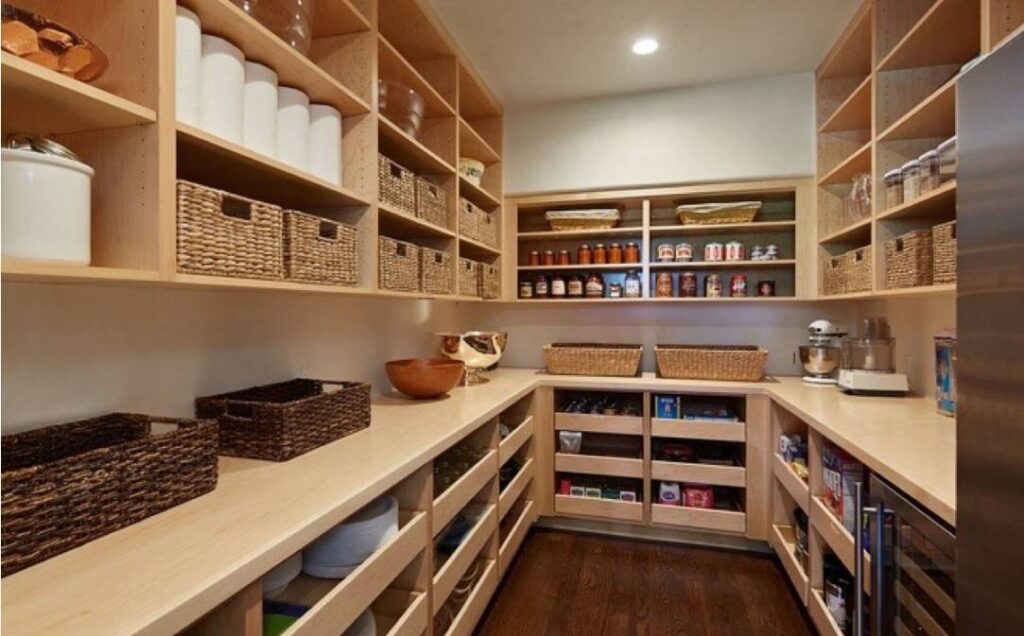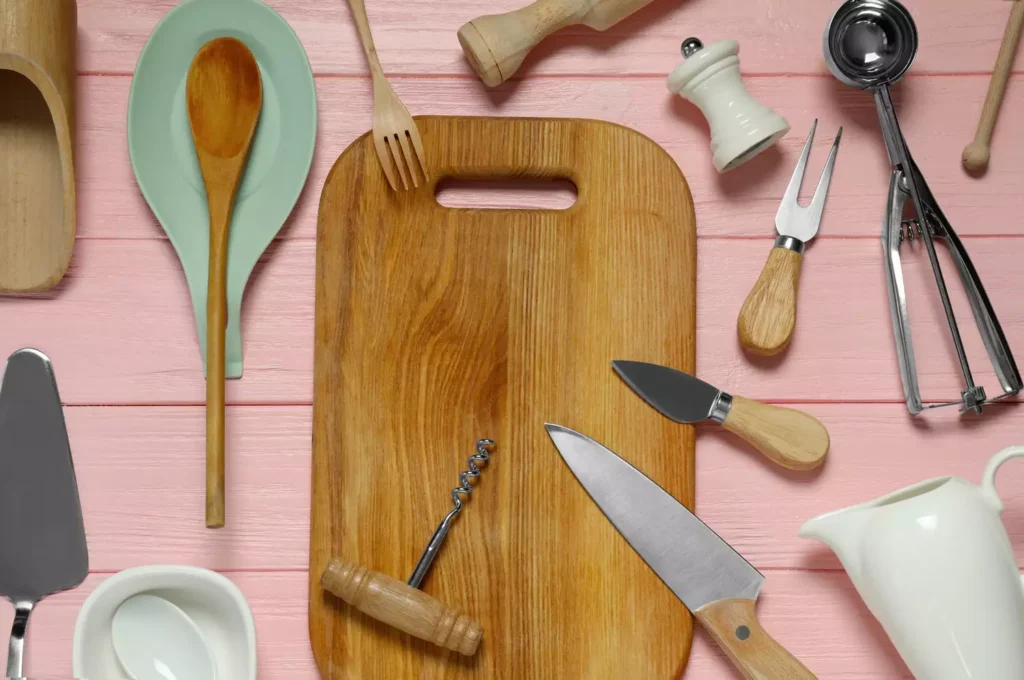Maintaining the freshness and safety of food through proper storage is crucial. Factors such as expiration dates, shelf placement, and the type of items stored must be considered to prevent food waste and health risks.
One common mistake is storing food on the wrong shelves, which can lead to cross-contamination. Katie Heil, a certified professional in food safety, emphasizes the importance of correct shelf placement. For instance, storing raw ground beef above a lettuce salad can contaminate the salad with beef juices, leading to food poisoning. To avoid this, store meat below salads and organize food storage with less cooked foods at the top and more cooked foods at the bottom.
This is the only time it’s OK to store food in the refrigerator uncovered. However, after the food has cooled sufficiently, you should move it to a covered container for long-term storage.
Failing to rotate food can lead to finding moldy or expired items. After grocery shopping, put new items behind older ones of the same type to eat the oldest food first and reduce waste. Keep your food sealed. Tighten jars, bottles, and seal food storage bags, plastic wrap, and aluminum foil properly to prevent rotting. Not all produce should be refrigerated. Melon (unless cut up), tomatoes, onions, potatoes, and citrus fruits should not be refrigerated as cold air affects their taste. Nectarines, peaches, pears, avocados should be refrigerated when ripe. Apples should be kept in the fridge. Don’t use the refrigerator door for perishable items like dairy, eggs, and meat as temperature fluctuates. Store them in the coldest sections. Check your refrigerator temperature. It should be set no higher than 40 F (aim for 35-38 F) and freezer below 0 F. How Long You Can Store (Almost) Anything in the Fridge and Freezer Was this page helpful? Thanks for your feedback! Tell us why! Other Submit

